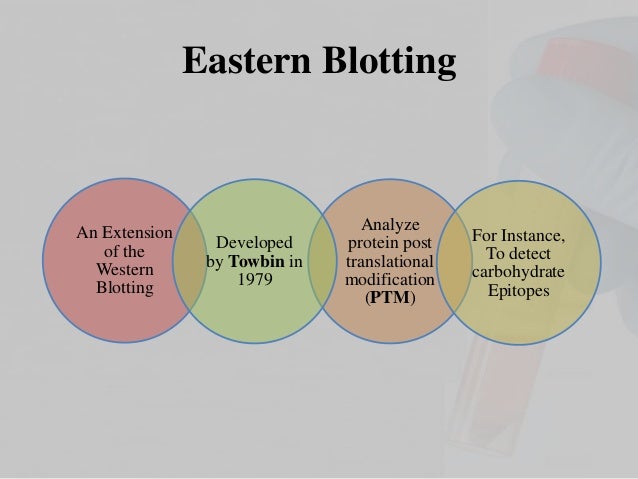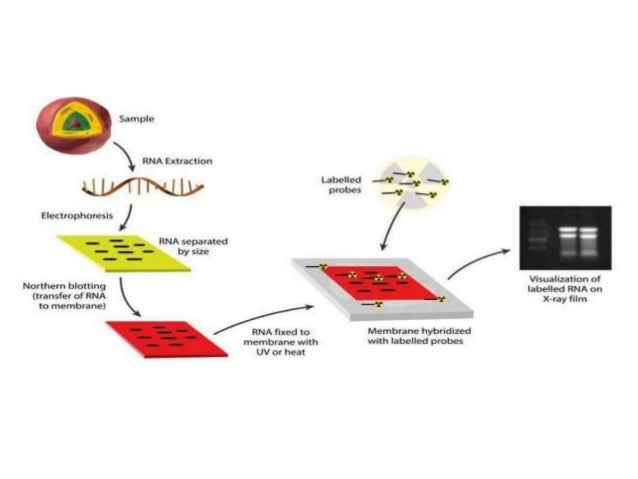

The downward capillary method described inĪutomated design of genomic Southern blot probesĭirectory of Open Access Journals (Sweden)įull Text Available Abstract Background Sothern blotting is a DNA analysis technique that has found widespread application in molecular biology. This slows down the blotting process and may reduce the amount of DNA that can be transferred. The traditional method of upward capillary transfer of DNA from gel to membrane described in the first basic and alternate protocols has certain disadvantages, notably the fact that the gel can become crushed by the weighted filter papers and paper towels that are laid on top of it. A second alternate protocol describes a transfer method based on a different transfer-stack setup. The method can also be used with neutral nylon membranes but less DNA will be retained. The advantage of this combination is that no post-transfer immobilization step is required, as the positively charged membrane binds DNA irreversibly under alkaline transfer conditions.

An alternate protocol details transfer using nylon membranes and an alkaline buffer, and is primarily used with positively charged nylon membranes.
#SOUTH EASTERN BLOTTING HOW TO#
A Support Protocol describes how to calibrate a UV transilluminator for optimal UV irradiation of a nylon membrane. Immobilization is achieved by UV irradiation (for nylon) or baking (for nitrocellulose). With the high-salt buffer, the DNA becomes bound to the membrane during transfer but not permanently immobilized. This appendix describes Southern blotting via upward capillary transfer of DNA from an agarose gel onto a nylon or nitrocellulose membrane, using a high-salt transfer buffer to promote binding of DNA to the membrane. After immobilization, the DNA can be subjected to hybridization analysis, enabling bands with sequence similarity to a labeled probe to be identified. Higher grades have increased capillary rise grades with higher alpha cellulose content will have greater strength and uniformity.Southern blotting is the transfer of DNA fragments from an electrophoresis gel to a membrane support (the properties and advantages of the different types of membrane, transfer buffer, and transfer method are discussed in detail), resulting in immobilization of the DNA fragments, so the membrane carries a semipermanent reproduction of the banding pattern of the gel. The grades BF 1 and BF 4 are made of refined pulp and cotton linters with more than 95 % alpha-cellulose content. The grades BF 2 and BF 3 are made of cotton linters with more than 98 % alpha-cellulose content. Their extremely smooth surface and relatively high thickness provide them with absorption properties and superior uniformity across the entire contact area in the blotting transfer system. Sartorius supplies four grades of blotting papers.


 0 kommentar(er)
0 kommentar(er)
